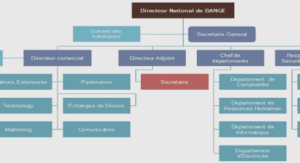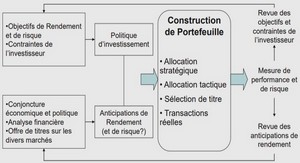Analytics Business Maturity Model As
I stated earlier, Big Data Analytics is a journey and can be implemented using a number of iterative phases, each advancing the capability via well-defined yet small steps to reduce risk. The Information Agenda team has observed a large number of analytics programs worldwide and has developed a set of benchmarks for analytics at different levels of maturity. These benchmarks have been captured using a business maturity model that allows us to specify current and target levels of maturity and what can be achieved in each phase. The model has five levels of maturity: • Breakaway—A company that is generally considered to be the best in the class in its execution of key business strategies, able to exhibit the characteristics of an agile, transformational, and optimized organization. This classification excludes “bleedingedge” or pioneering aspects; however, these aspects may also be evident in such companies. Key predictive performance indicators are used in modeling for outcomes, and information is utilized enterprise-wide for multidimensional decision making. • Differentiating—A company whose execution of key business strategies through utilization of information is viewed as generally better than most other companies, creating a degree of sustainable competitive advantage. Management has the ability to adapt to business changes to a degree, as well as measure business performance. Business leaders and users have visibility to key information and metrics for effective decision making. • Competitive—A company whose capabilities generally are in line with the majority of similar companies, with a growing ability to make decisions on how to create competitive advantage. This maturity level is also the starting point to establish some consistency in key business metrics across the enterprise. • Foundational—A company whose capabilities to gather key information generally lag behind the majority of its peers, which could potentially result in a competitive disadvantage. Information is not consistently available or utilized to make enterprise-wide business decisions. A degree of manual efforts to gather information is still required.
Closing Thoughts
I started this book with a definition of Big Data using the four V’s: Velocity, Volume, Variety, and Veracity. Big Data growth can be attributed to three market forces: sophisticated consumers, product and process automation, and data monetization. I discussed a number of emerging use cases, including location-based services, micro-segmentation, next best action, Product Knowledge Hub, Social Media Command Center, infrastructure and operation improvement, and risk management. The solution includes a number of architecture components. Massively parallel platforms provide capabilities for data integration, storage, and analytics. Unstructured text analytics complements traditional quantitative modeling. Big data enhances the creation of customer and product MDM. Real-time adaptive analytics provides highvelocity analytics while changing its modeling parameters based on sophisticated predictive modeling of historical data. I discussed data privacy issues and how some of the data can be masked to limit exposure. These components can be organized in a three-layer architecture, with a conversation layer that uses real-time analytics to provide low-latency decisions and an orchestration layer that synthesizes entities, controls the conversation, and offers visibility to business users via a command center. The supporting discovery is provided by unstructured and structured analysis. Last, I discussed implementation approaches, data governance, roadmap development, and maturity models. By calling it “Big Data,” our attention obviously goes first to the volume dimension. With data sizes in exabytes, the analytics requires special tools capable of scaling to such big volumes. We saw how massively parallel 72 • Big Data Analytics platforms provided performance that naturally scales. The HDFS platform offers inexpensive data storage but requires special skills to manipulate the data. Also, as we collect more data, we increase our chances of improved identity resolution. The velocity dimension forces us to establish an architecture where conversations can be intelligent and yet fast enough to handle the velocity requirements for the use cases. Location-based campaigns and web searches are two examples of capabilities that require low-latency response. Real-time adaptive analytics provides a robust architecture to deal with low-latency analytics while at the same time adjusting the models to accommodate changes based on historical and predictive modeling. The orchestration layer allows us to converse intelligently based on historical data, sophisticated models, and both unstructured and structured discovery. The variety dimension focuses on unstructured data. A number of qualitative reasoning techniques can be used in conjunction with quantitative predictive modeling to incorporate findings from the unstructured data in the predictive models. In addition, qualitative reasoning in the context of time-based correlations allows us to find a specific collection of events. The veracity dimension focuses on data quality, governance, and privacyrelated issues. By incorporating a proper governance framework, we can identify faulty data and discount it before creating predictive models. The result is a thorough cleanup of the data before it is used in a critical customer-facing situation. We looked at a number of use cases. Use of Big Data has enormous potential in product selection, design, and engineering; however, this area is still in its infancy. The most successful production applications are using Big Data to improve infrastructure, monitor customer feedback through the Social Media Command Center, and advance micro-segmentation and intelligent campaigns. We discussed the Advanced Analytics Platform (AAP) as the overall integrated architecture that combines Big Data with traditional Business Intelligence and Data Warehouse components. Most of the greenfield organizations are leapfrogging using Big Data Analytics and have taken a revolutionary approach to their analytics architecture. However, mature organizations with significant investment in BI and Data Warehousing are using more of an evolutionary approach to the overall architecture, with a hybrid architecture that combines the traditional data warehouse architecture with the newer Big Data capabilities.






